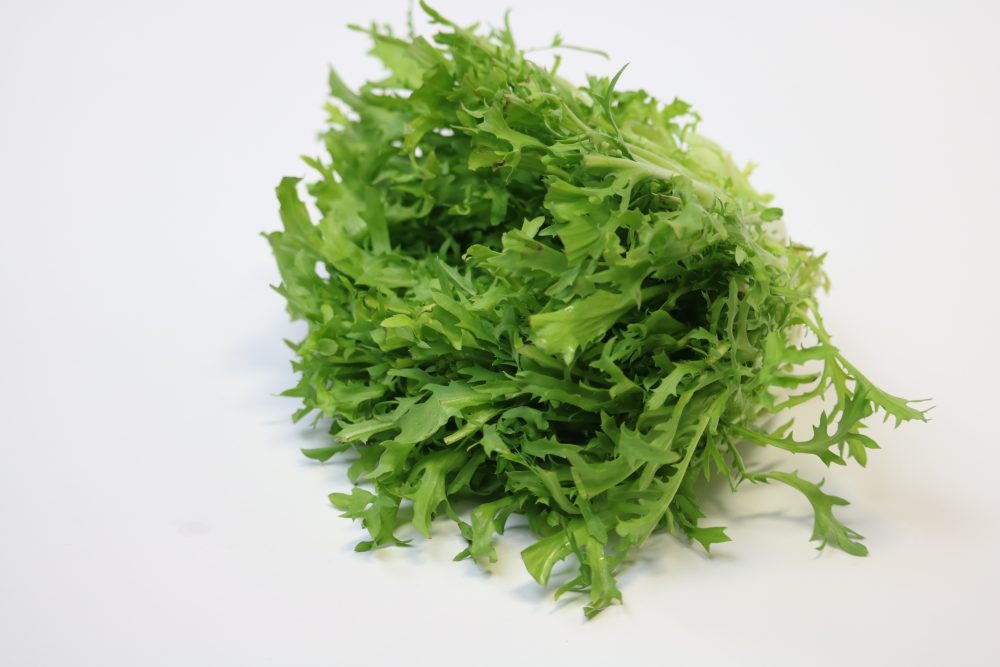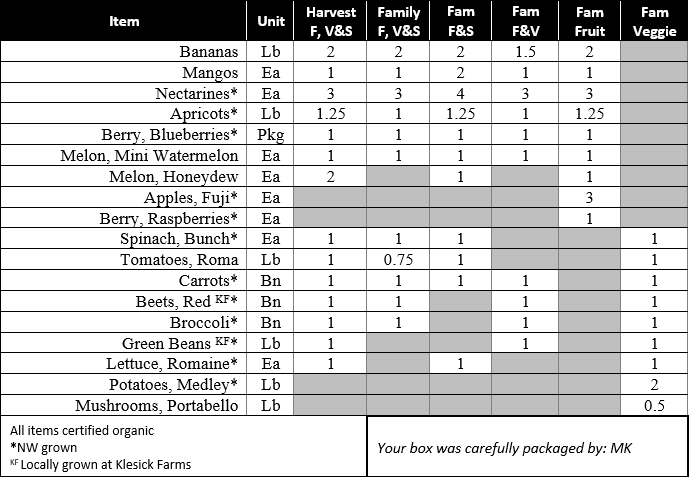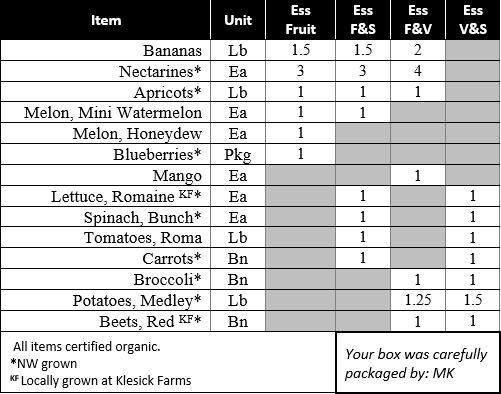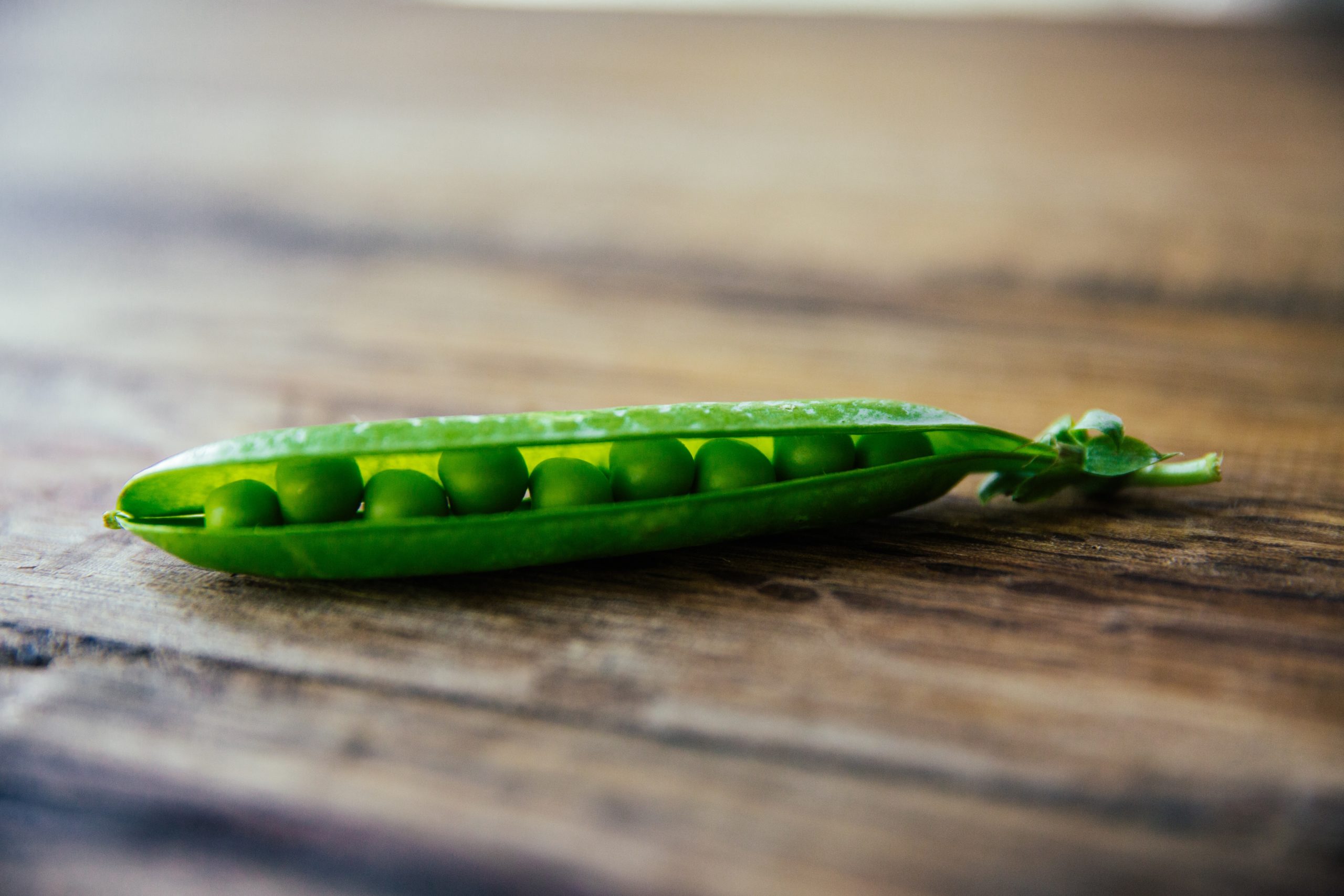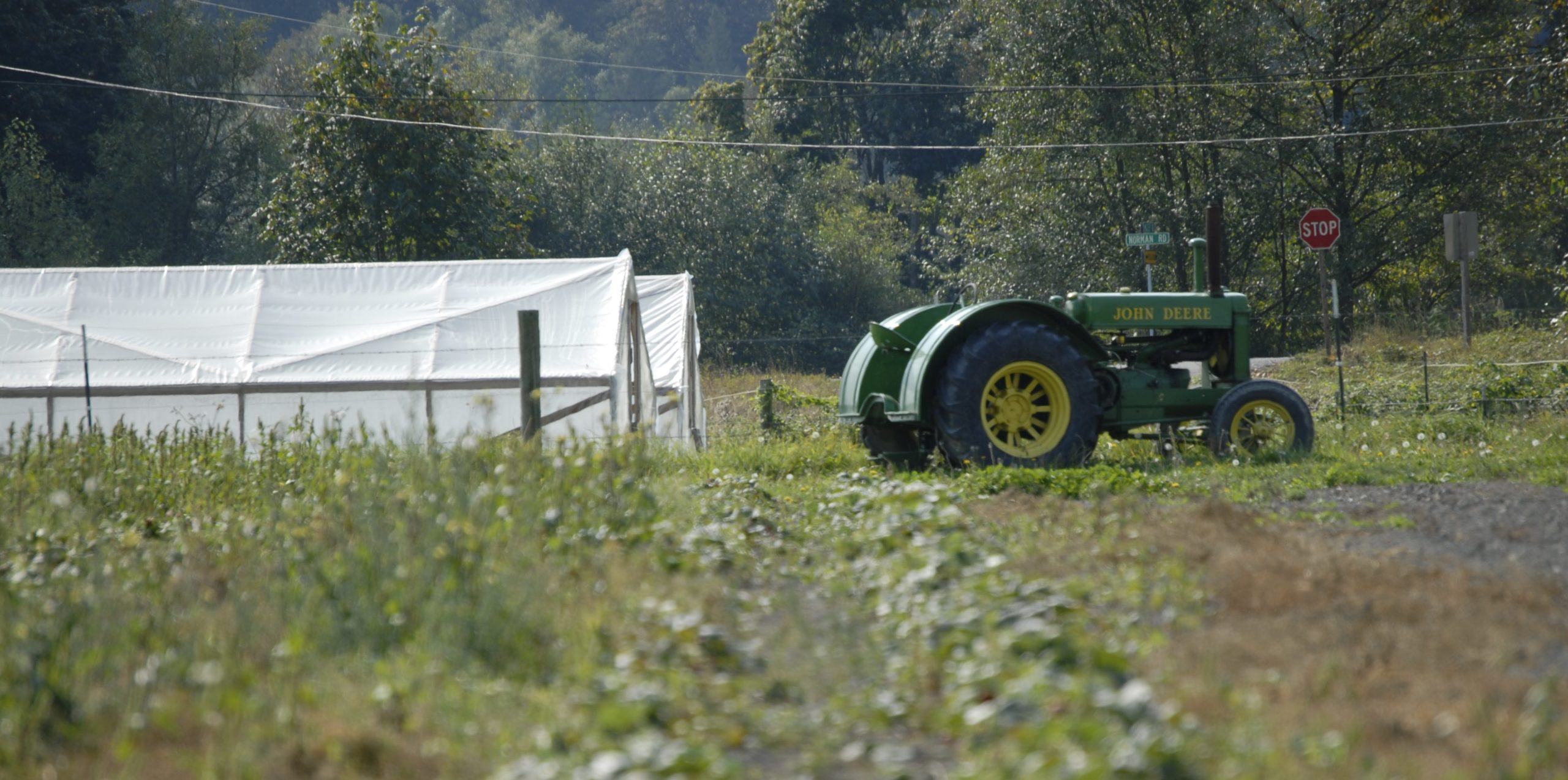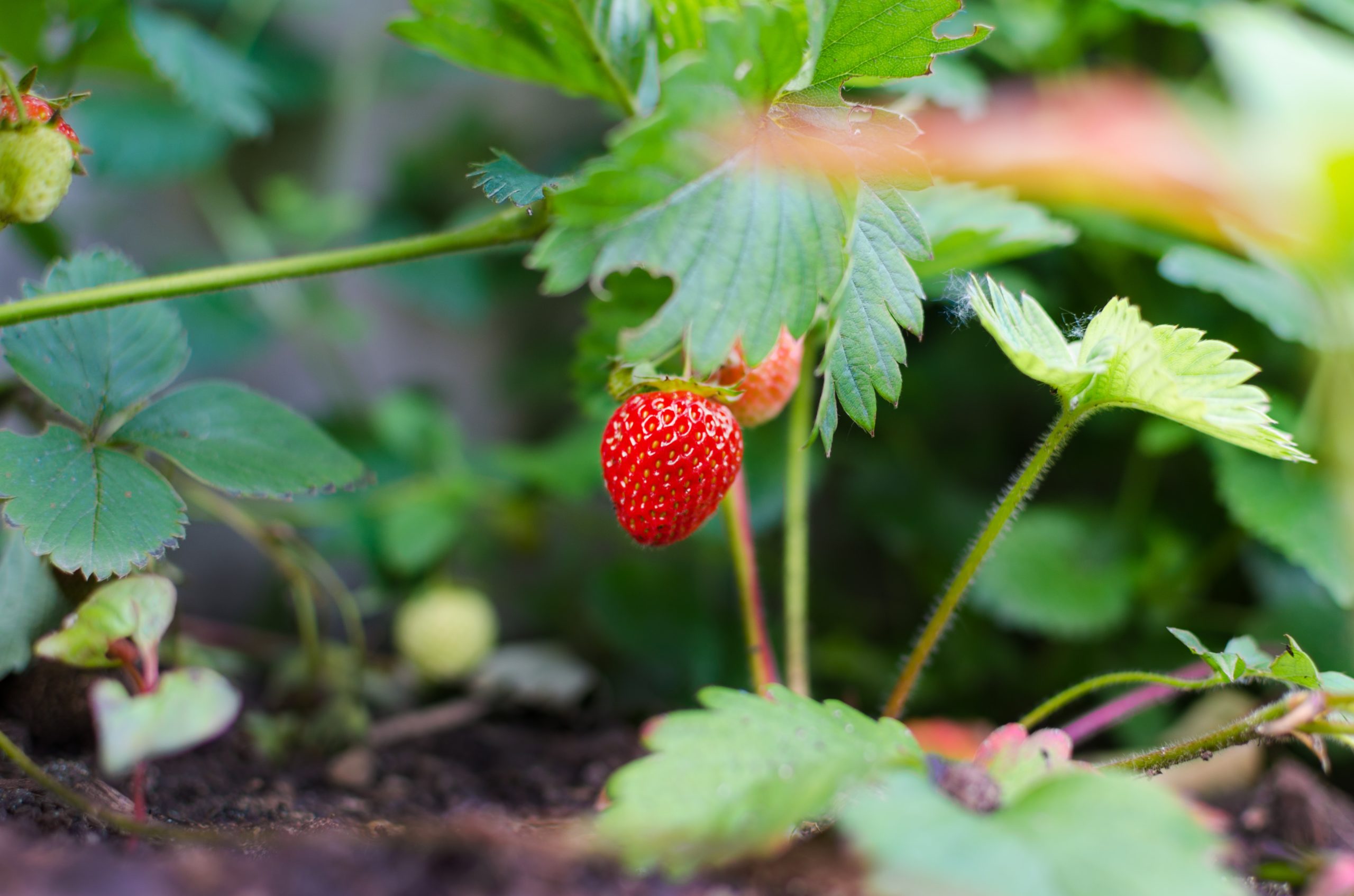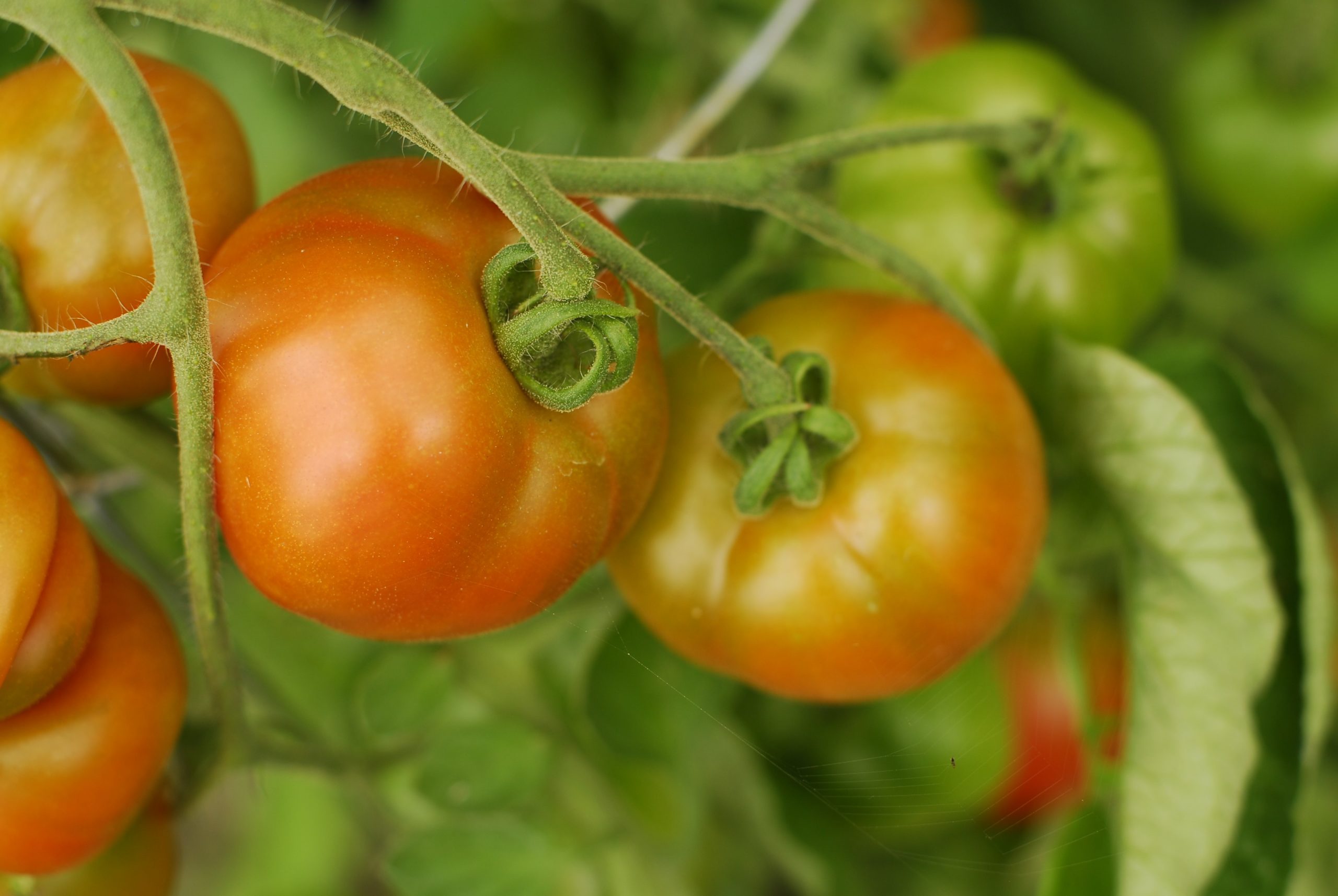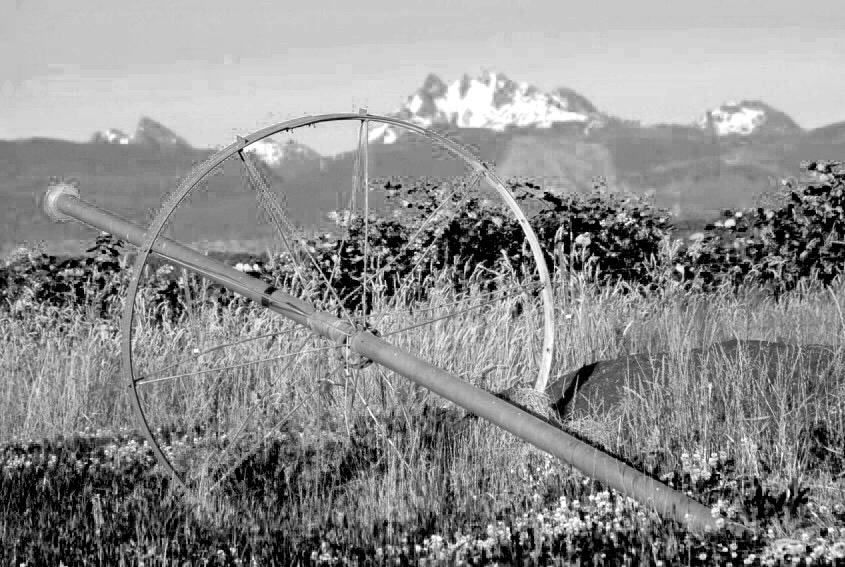
When I was younger I thought I had the “tiger by the tail.” I had unlimited amounts of energy and ideas and was constantly moving and doing. But now I have a little more seasoned appreciation for life and where to invest my limited energy and unlimited ideas.
Farming is one place where an unlimited amount of energy has served me well. When Joelle and I started farming over 20 years ago, you couldn’t even “google” us and “earthlink” was our internet dial up provider. That’s akin to shopping for school clothes at Montgomery Wards or Sears! If you are lost about now, you can “google” it and get a history lesson. ?
We have chosen to stay small, local and control our own deliveries. It is an important distinction that we control so much of our offerings. When your name is on the Box of Good, you want it to be as perfect as possible.
“Mr. Klesick is a passionate person” or “He cares about the big picture.” These sentiments come across my desk quite frequently. It stems from my desire to bring you the freshest and healthiest organic fruits and vegetables because the freshest and healthiest vegetables are what fuel our bodies to serve our families, friends, and communities. Eating is important as is eating the best of the best and that is what the Klesick team tries deliver to you every week.
I also believe that Americans and the world are eating less vegetables and fruit and less diversity of vegetables and fruit. Consequently, these important nutrients are missing in a majority of Americans’ diets. Sadly, they are being replaced with more shelf stable and processed foods. I firmly believe that if Klesick’s is going to be a part of the solution to America’s nutritional crisis and the host of maladies that come from eating a diet low in vegetables and fruit, our boxes of good need to have a diversity of fruits and vegetables to maximize our health.
This is no easy task because all of us have different taste buds and all of us to one extent or another have been “tricked” by our taste buds (or corporate America), to prefer sweet and salt and not the subtle taste profiles of greens or plums.
For me, I use a “crowd out” strategy to eat healthy. On my plate I “crowd out” room for the more processed foods by filling my plate with a lot of vegetables and fruit. It takes a while to get use to eating this way, but by leading with the healthier fruits and vegetables my body says, “thank you.” And this body is the tool that I get to use to serve my Lord, my family, my community and you! I want to be as healthy as I can, so I can serve others as long as I can.
Tristan
Your farmer and Community Health Advocate

